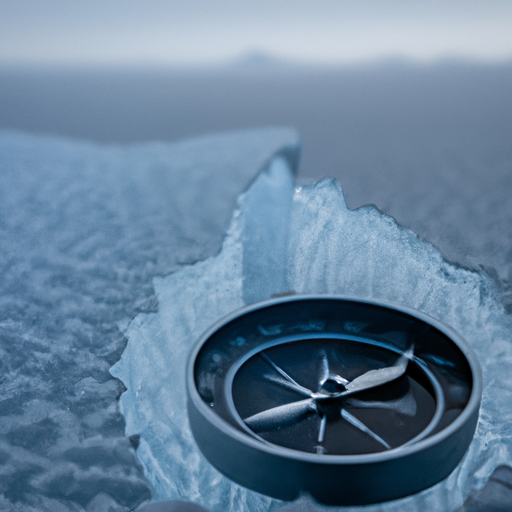Introduction
Antarctica, the frozen continent at the southernmost part of the Earth, is a mesmerizing destination for adventurers and nature enthusiasts. With its vast icy landscapes, unique wildlife, and extreme weather conditions, navigating through this remote region requires careful planning and preparation. In this guide, we will explore the various methods and techniques used to navigate in Antarctica, ensuring a safe and unforgettable experience.
Understanding the Terrain
Before embarking on any Antarctic expedition, it is crucial to familiarize yourself with the terrain. Antarctica is predominantly covered by ice, with glaciers, ice shelves, and icebergs scattered throughout the continent. The landscape is constantly changing due to shifting ice and weather patterns. It is essential to stay updated on current conditions and consult with experienced guides or research organizations to ensure a safe journey.
Navigation Tools and Equipment
Navigating in Antarctica requires specialized tools and equipment. Here are some essential items to consider:
1. GPS (Global Positioning System): A reliable GPS device is crucial for accurate navigation in Antarctica. It helps determine your exact location, track your progress, and plan routes.
2. Compass: A compass is a valuable backup tool in case of GPS failure. It helps you maintain a sense of direction and navigate in challenging conditions.
3. Maps and Charts: Detailed maps and charts specific to the Antarctic region are essential for route planning and understanding the topography. Ensure you have up-to-date maps that include important landmarks, research stations, and potential hazards.
4. Satellite Communication Devices: Staying connected in Antarctica is vital for safety. Satellite phones or radios enable communication with your team, research stations, and emergency services.
Transportation Methods
There are several transportation methods commonly used for navigating in Antarctica:
1. Ships: The most common way to reach Antarctica is by ship. Specialized expedition vessels equipped with ice-strengthened hulls allow for safe passage through icy waters. These ships provide accommodation, dining facilities, and expert guides to enhance your Antarctic experience.
2. Aircraft: Some expeditions utilize aircraft, such as ski-equipped planes or helicopters, to access remote areas or research stations. These aircraft are specially designed to land on snow and ice, providing a unique perspective of the continent.
3. Snowmobiles and Skis: Once on the continent, snowmobiles and skis are commonly used for inland exploration. These modes of transportation allow for greater mobility and access to areas inaccessible by ship or aircraft.
Safety Considerations
Navigating in Antarctica comes with inherent risks due to the extreme environment. Here are some safety considerations to keep in mind:
1. Weather Monitoring: Antarctica’s weather can change rapidly, with strong winds, blizzards, and sub-zero temperatures. Regularly monitor weather forecasts and be prepared to adjust your plans accordingly.
2. Travel in Groups: It is recommended to travel in groups or with experienced guides for safety reasons. This ensures assistance in case of emergencies and minimizes the risk of getting lost.
3. Environmental Protection: Respect the fragile Antarctic ecosystem by adhering to strict environmental guidelines. Avoid disturbing wildlife, follow designated paths, and dispose of waste responsibly.
4. Emergency Preparedness: Carry essential survival gear, including emergency rations, warm clothing, first aid kits, and signaling devices. Familiarize yourself with emergency procedures and communication protocols.
Conclusion
Navigating in Antarctica is a thrilling adventure that requires careful planning, specialized equipment, and a deep respect for the environment. By understanding the terrain, utilizing navigation tools, choosing appropriate transportation methods, and prioritizing safety, you can embark on an unforgettable journey through the frozen continent. Remember to always prioritize safety and environmental conservation, ensuring a responsible and enjoyable experience in this unique part of the world.




